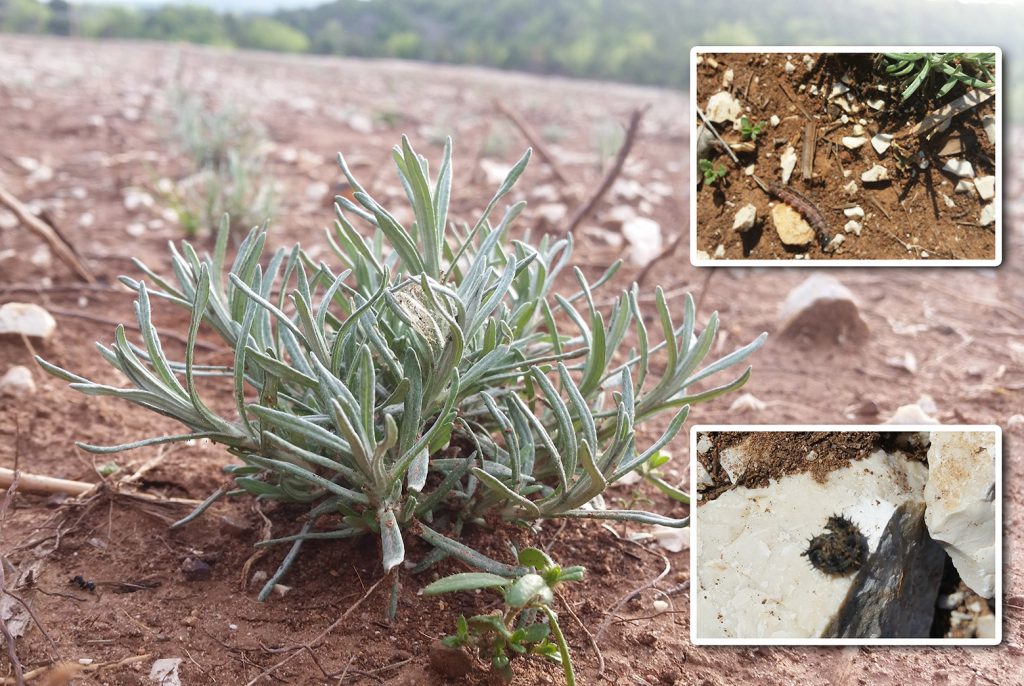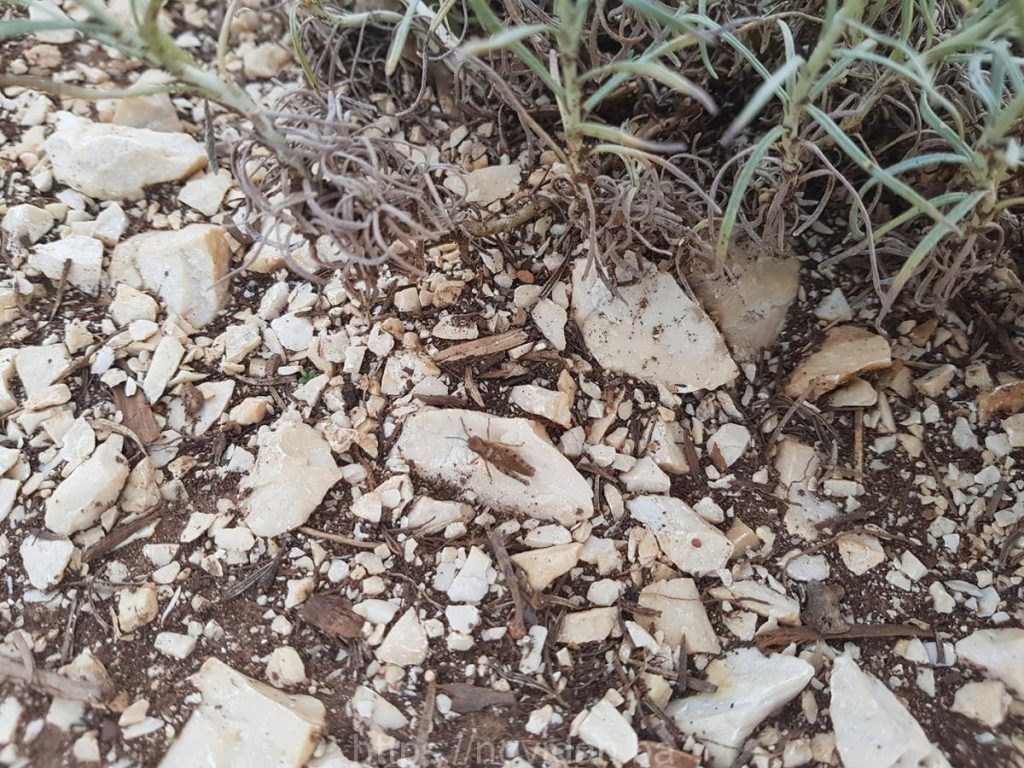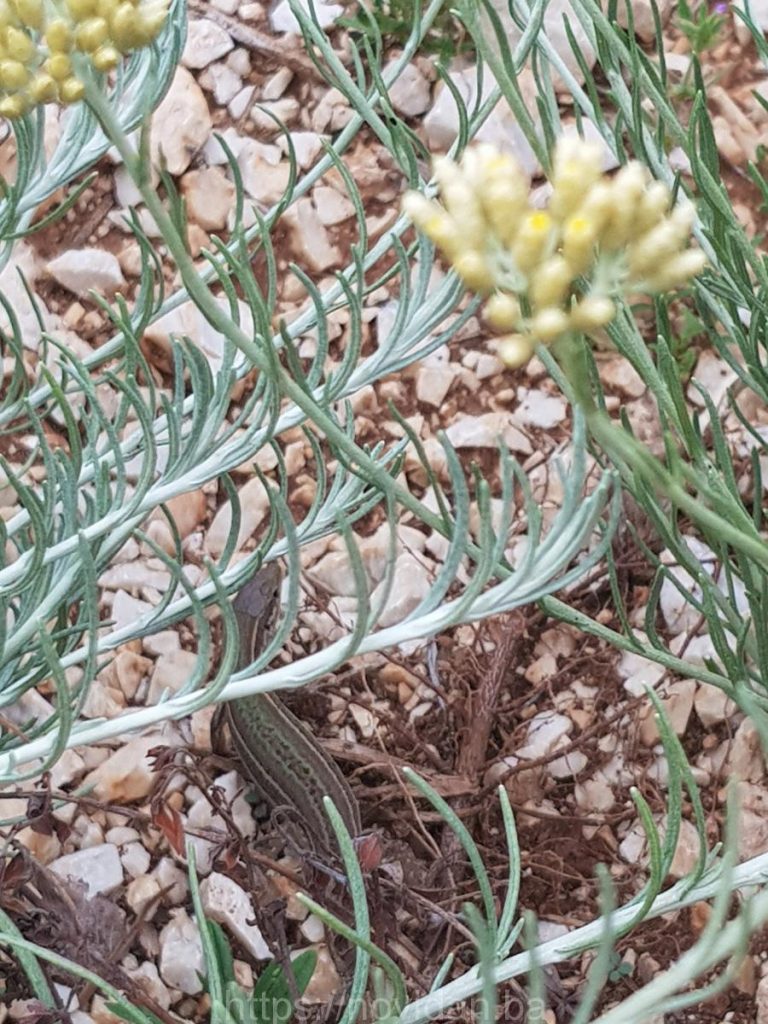
Helichrysum plants and oil
We have already pointed out several times that our helichrysum farm, as well as all the plants on it and essential oil are 100% organic and as such organic certified by ECOCERT.
One of the most reliable ways you can see if something is grown in an organic way , without lab testing is to observe biodiversity of the environment.
Insects on our farm
A large number of insects, whether pests or useful as pollinators is usually a sign that it is on organic production and that the plants are not treated with harmful substances.
Today, we have taken the opportunity and photographed only some of the animal species that inhabit our plants. Most of them are useful, some are harmful but in organic farming you have to be prepared for some losses in order to preserve the purity of plants and products, especially in our products ( Helichrysum oil ) that serve the body’s healing and after all end up in our body.
Organic farming is MUST !!!
All in all when it comes to the cultivation of medicinalherbs like helichrysum and everything else that will end up in our organism, organic farming is MUST.
Every day is the right time for human to turn to his health and life because we only get one in this world.

Organic Helichrysum Farming – firsthand experience
In organic growing of helichrysum italicum, we are happy to say that immortelle plants once again justify their name. Helichrysum is highly resistant to most natural pests in our environment. The helichrysum plant is the most vulnerable in the first year of its life when it has not yet developed a defense system. At that time, it is most threatened by a butterfly that lay eggs on a plant from which younger worms are later hatched. Worms can cause damage by eating green shoots of the plant.
When the immortelle plant overcomes the first year, it develops immunity, and is no longer attractive to the butterflies.
Also one of the enemies are bugs that burst under the surface. Since our plantation on rocky ground these bugs are rare. They much more appear on earthy terrains.
In the pictures below are seen bees, wasps , flies imitating bees and wasps, a very weird species of mantis, butterflies, moths, locusts, ants, lizards and many other species we do not even know which all together make biodiversity on one organic farm.
It would be interesting to see the real subgroup names for these insects and animals from pictures by bilogists or entomologists to give us exact names for individual insects.


















